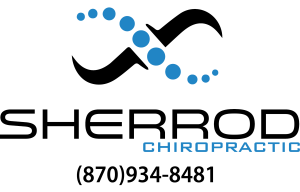Posture—how did Mom know?
When you were growing up, how many times did your mom tell you, “Sit up straight”. Well as it turns out, Mom was right. Did you know that posture ranks right up at the top of the list when you are talking about good health. Good posture is as important as eating right, exercising, getting proper rest and avoiding harmful substances like alcohol, drugs, and tobacco.
Did Mom somehow know that good posture is a way of doing things with more energy, less stress and fatigue. Did she know that without good posture, you cannot really be physically fit. Or that without good posture, you can actually damage your spine every time you exercise.
Actually, the human body craves alignment. We know that when we are properly aligned, our bones, not our muscles, support our weight, reducing effort and strain. And the big payoff with proper posture is that we feel healthier, have more energy, and move gracefully. While the word “posture” may conjure up images of book-balancing charm-school girls for you, it is not just about standing up straight.
Ideally, our bones were made to stack up one upon the other. Our head then rests directly on top of the spine, which sits directly over the pelvis, which sits directly over the knees and ankles. But if you spend hours every day sitting in a chair (as most of us do), if you hunch forward or balance your weight primarily on one leg, then the muscles of your neck and back have to carry the weight of the body rather than it being supported by the spine. The resulting tension and joint pressure can affect you not only physically, but emotionally, too, — from the predictable shoulder and back pain to headaches, short attention span, and even possibly depression.
To illustrate, think about carrying a handbag or shopping bag. If you had to carry it with your arms outstretched in front of you, it would not take long before the muscles of your shoulders would be completely exhausted. This is because carrying the weight far away from your center of balance places undue stress on your shoulder muscles. If you held the same item down at your side, your muscles would not fatigue as quickly, because the item is closer to your center of balance and therefore the weight is supported by the bones of the skeleton, rather than the muscles.
Ever read about women in other parts of the world who can carry big pots full of water from distant water sources back to their homes. How are they able to carry these heavy pots a long distance without significant effort? It’s because they balance them on the top of their heads, thereby carrying them at their center of balance and allowing the strength of their skeleton to bear the weight, rather than their muscles.
Correcting bad posture and the physical problems that result can actually be accomplished in two ways. The first thing you can do is eliminate as much “bad” stress from your body as possible. Bad stress includes all the factors, habits, or stressors that cause your body to deviate from your own structural center. Bad stress can result from something like a poorly adjusted workstation, from not having your seat adjusted correctly in your car, or even from carrying too much weight around in a heavy purse or backpack.
Second, we need to apply “good” stress on the body in an effort to move your posture back toward your center of balance. This can be accomplished through a series of exercises, stretches, adjustments, and changes to your physical environment, all designed to help correct your posture. And somehow Mom must have known that improving your posture is critically important to improving how you feel.



